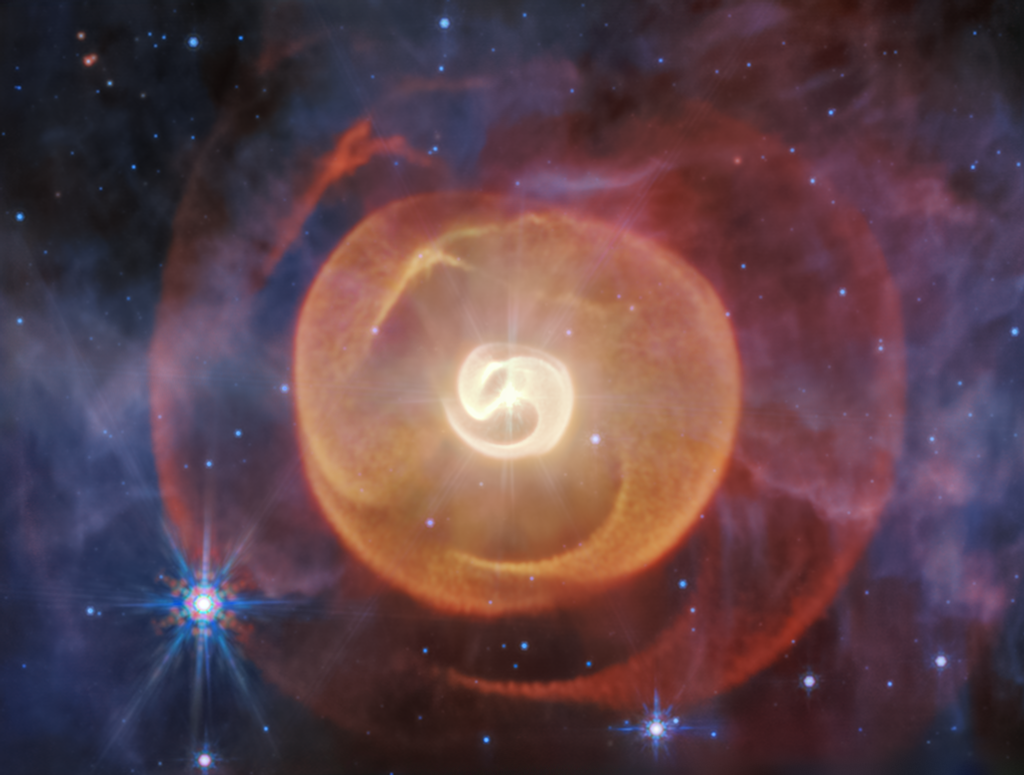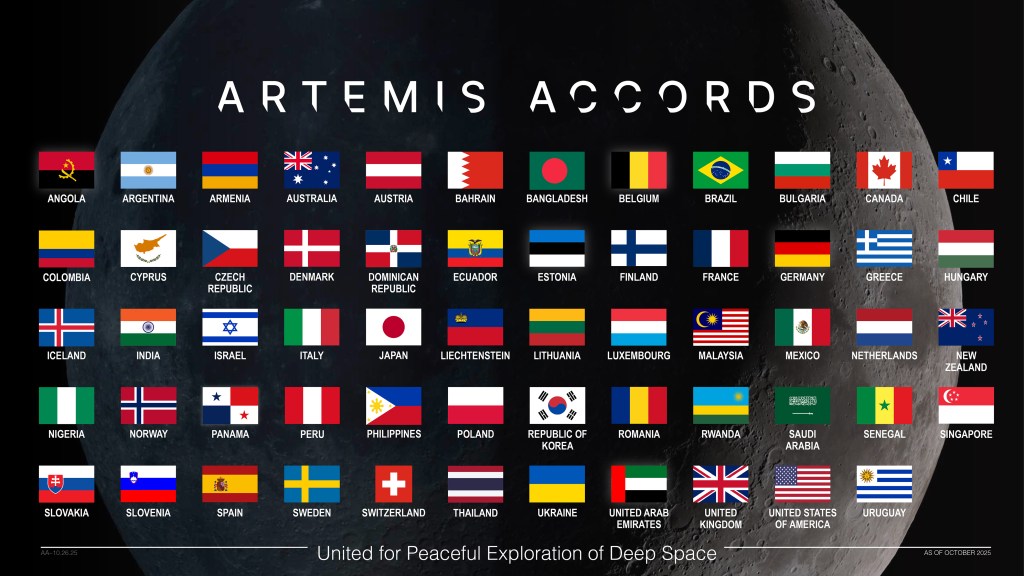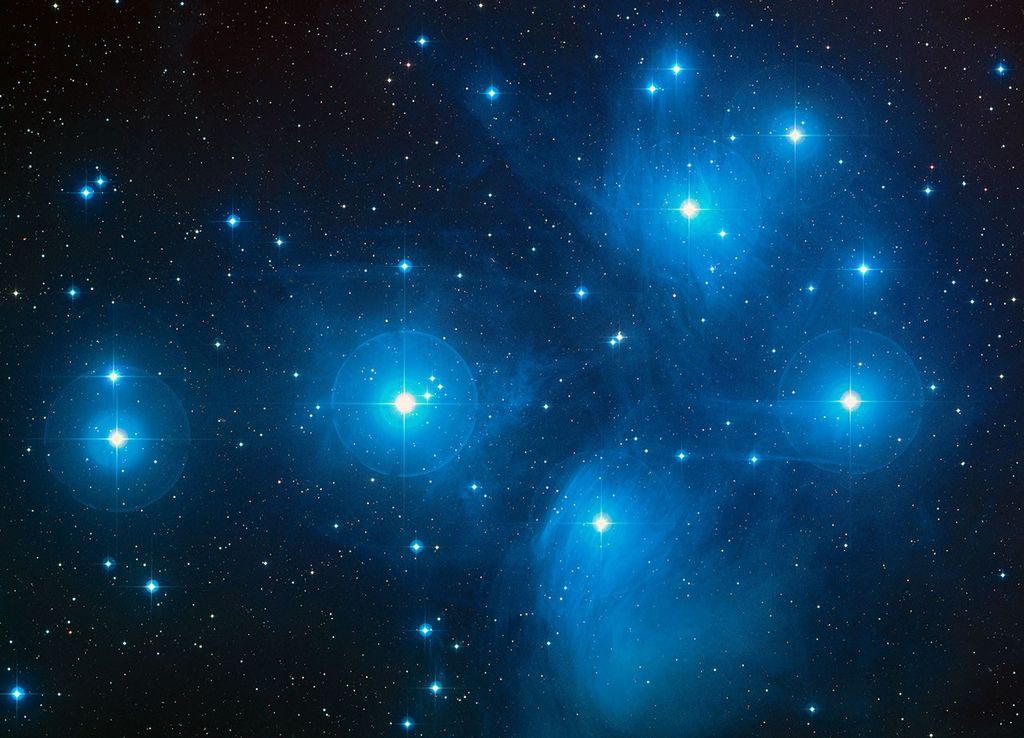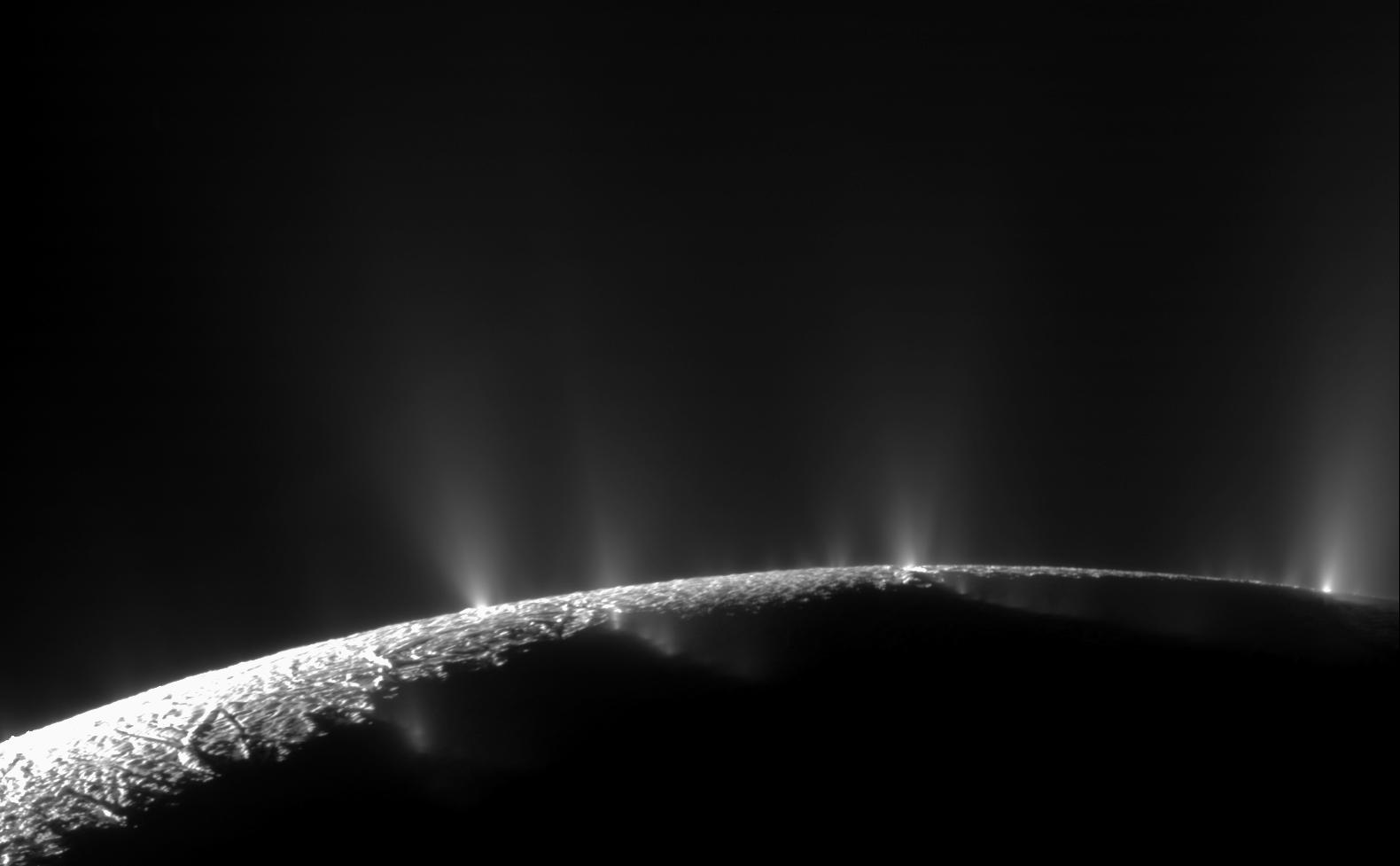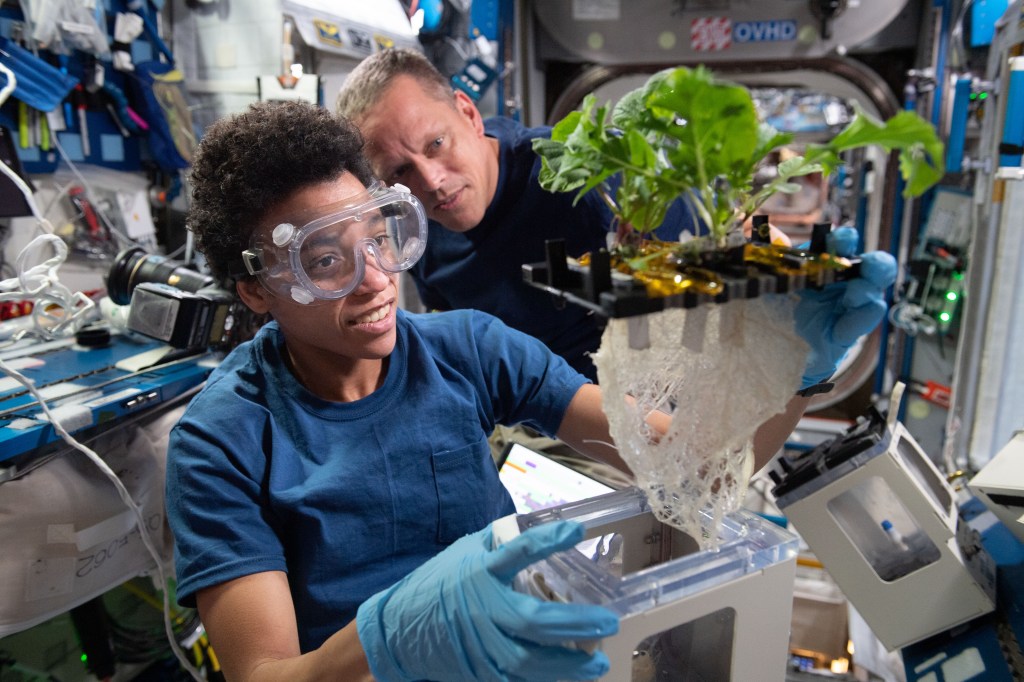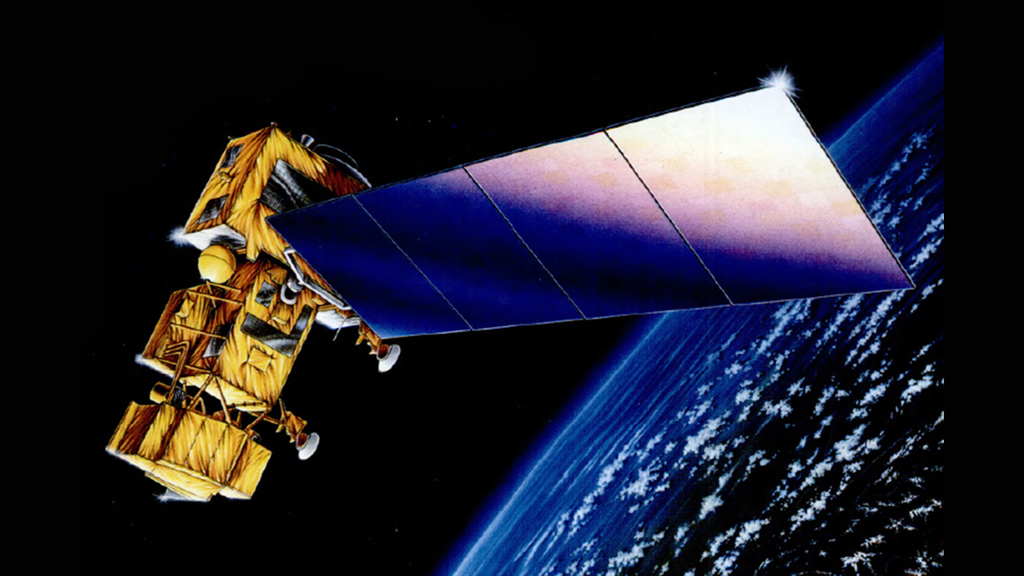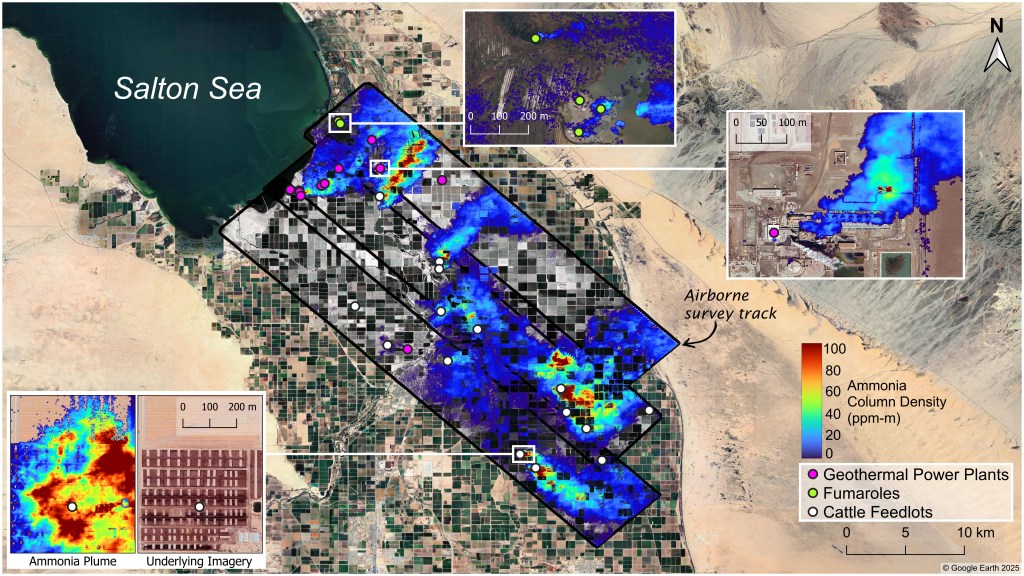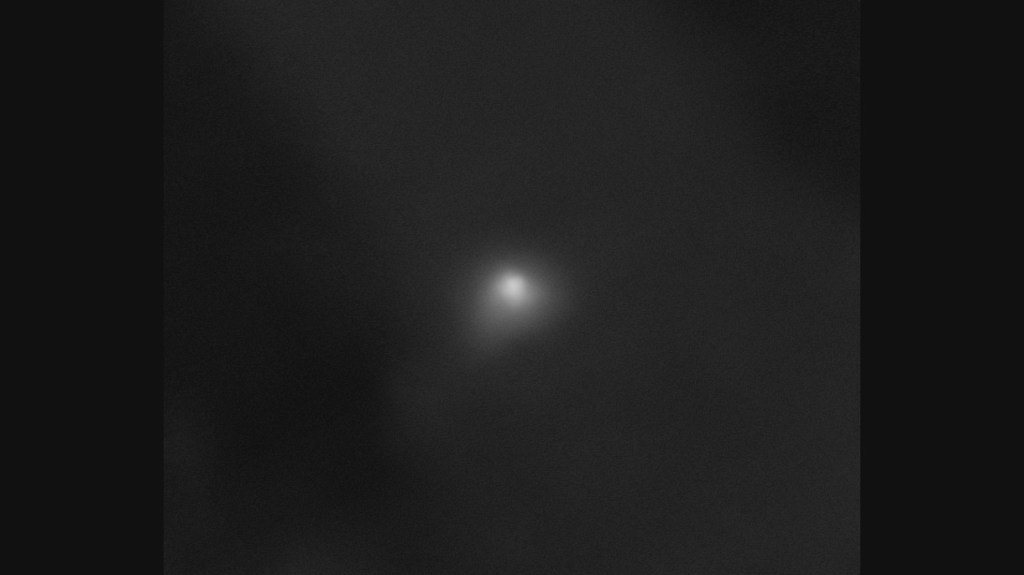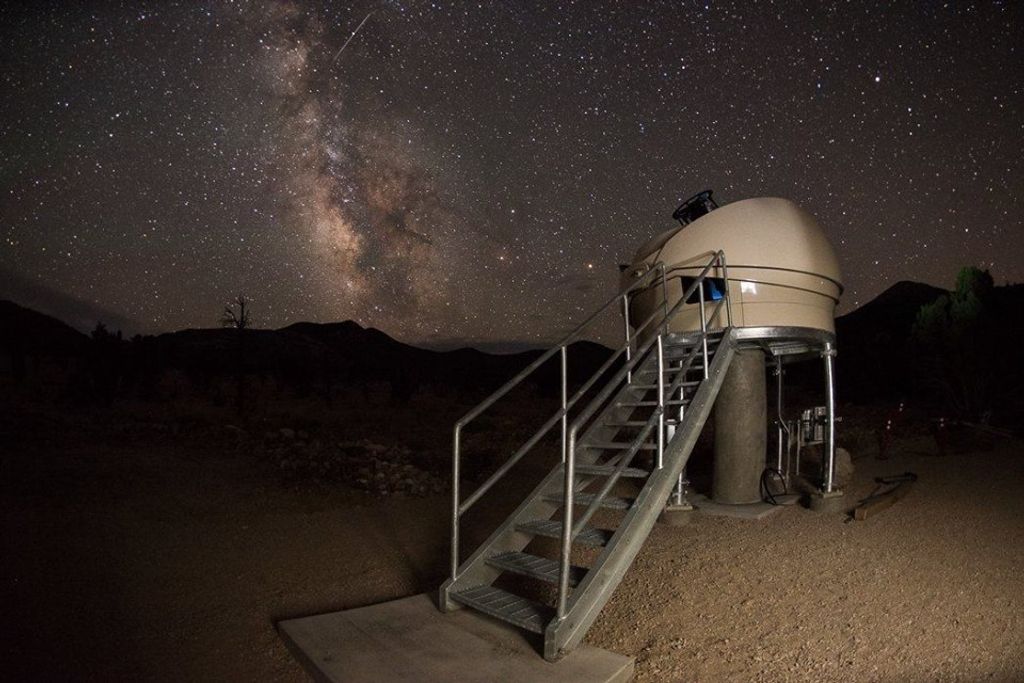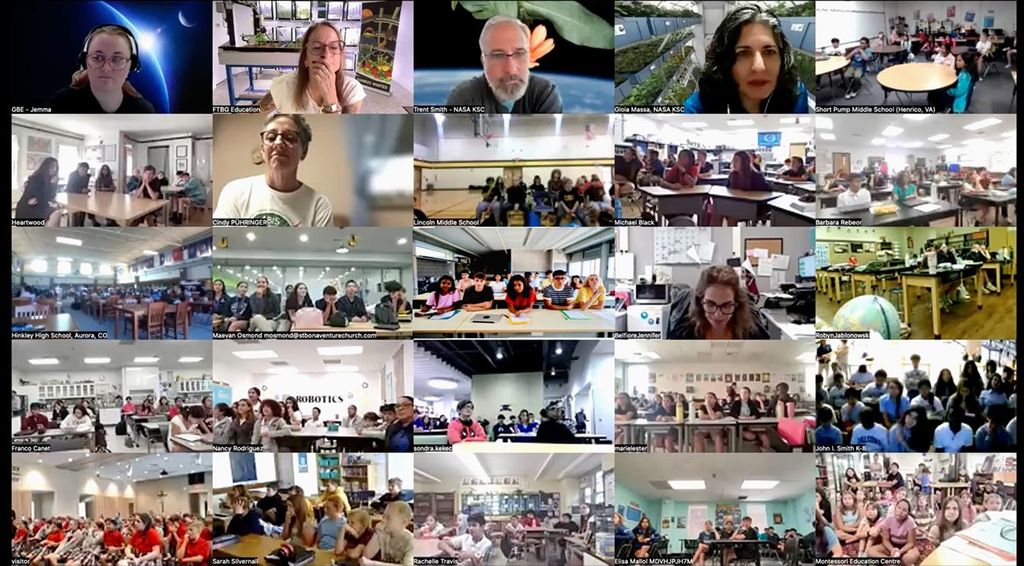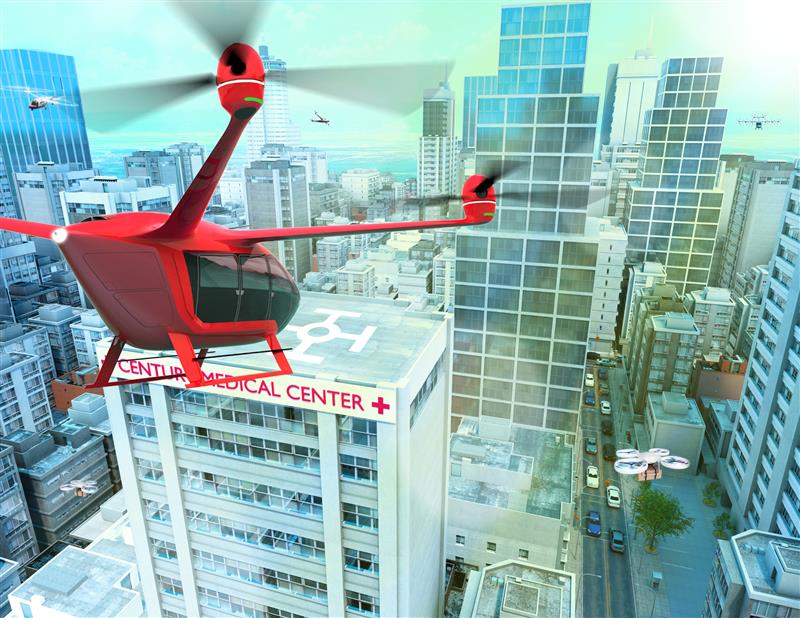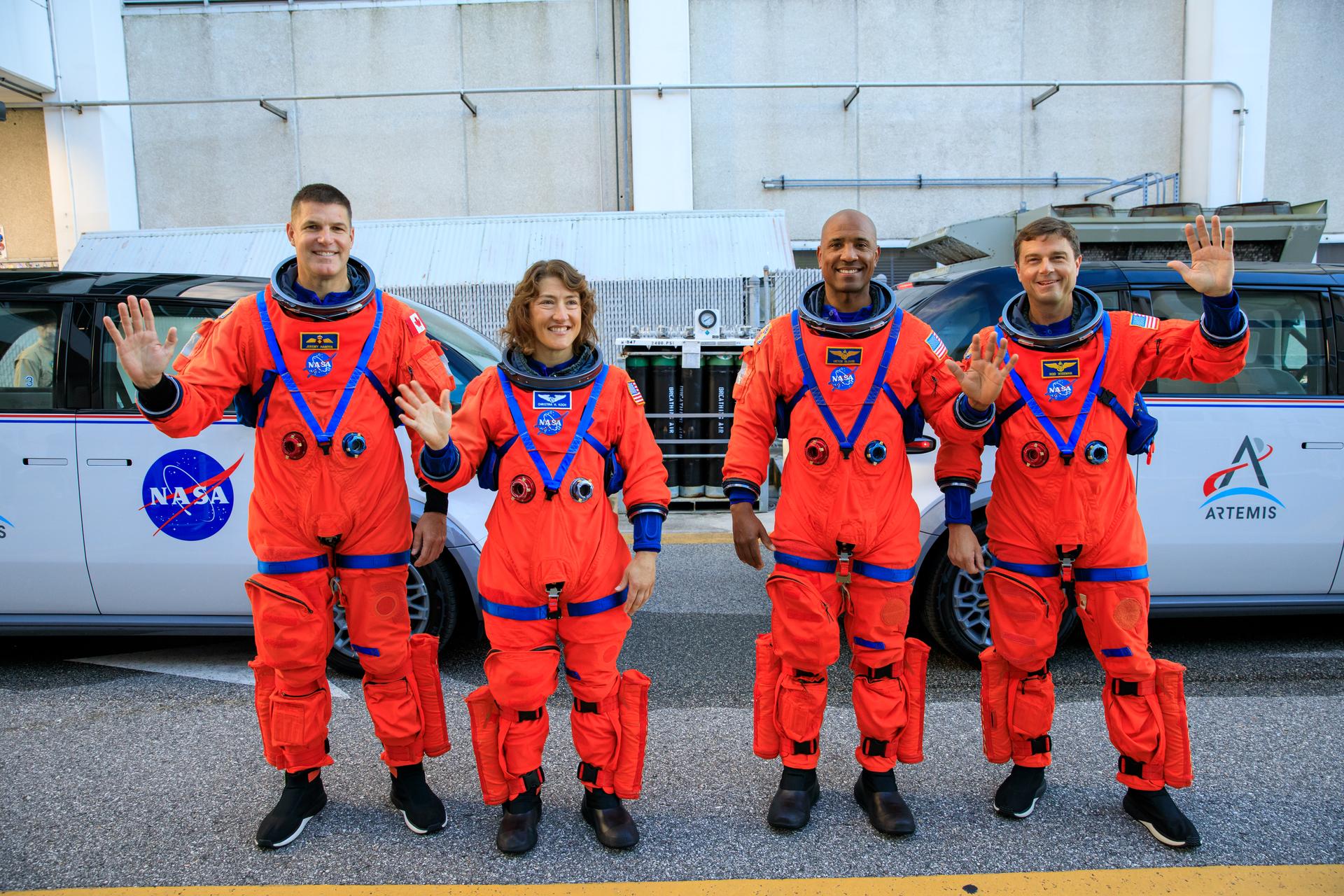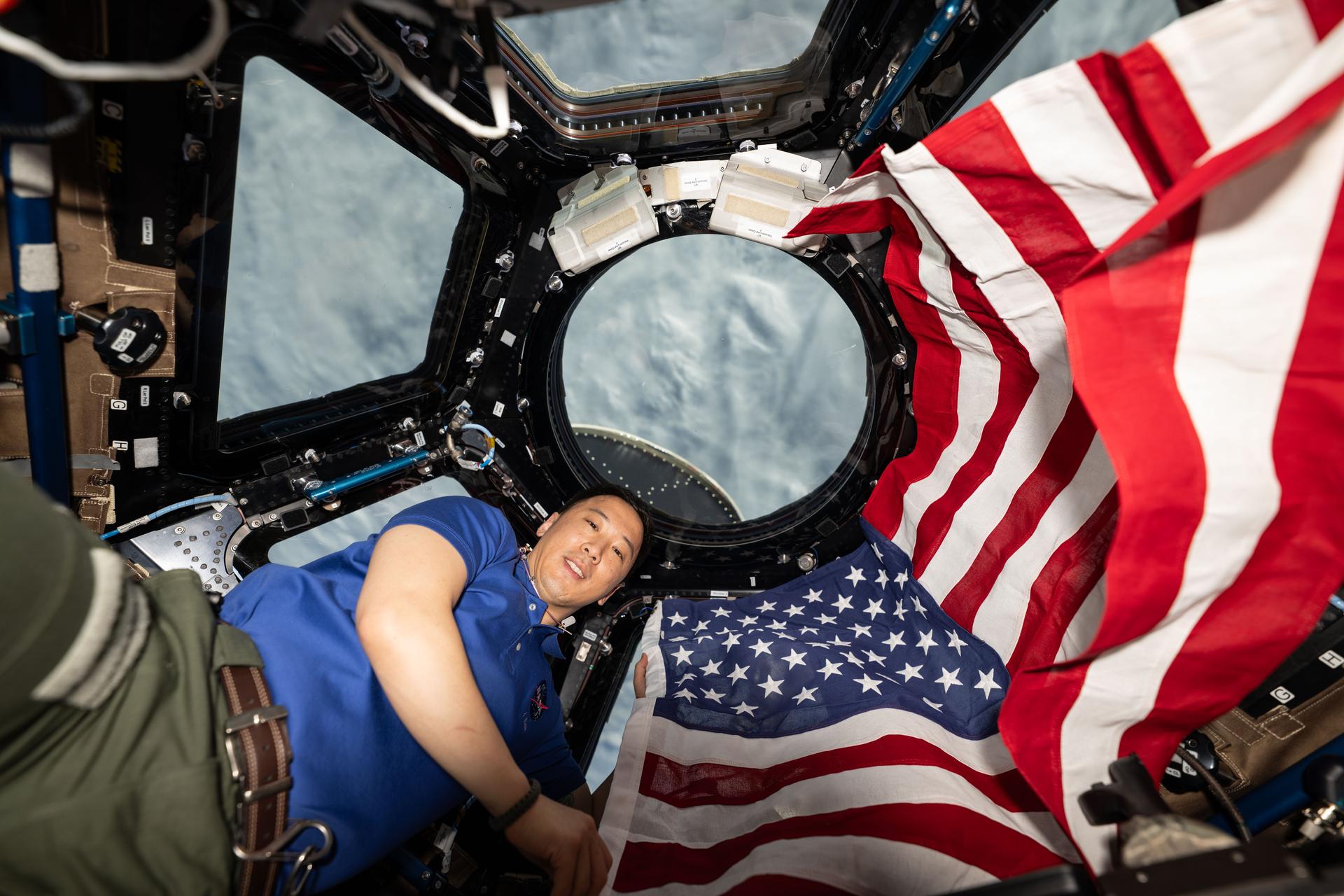1 min read
AB Aurigae b Hubble Images

Researchers were able to directly image newly forming exoplanet AB Aurigae b over a 13-year span using Hubble's Space Telescope Imaging Spectrograph (STIS) and its Near Infrared Camera and Multi-Object Spectrograph (NICMOS).
In the top right, Hubble's NICMOS image captured in 2007 shows AB Aurigae b in a due south position compared to its host star, which is covered by the instrument's coronagraph. The image captured in 2021 by STIS shows the protoplanet has moved in a counterclockwise motion over time.
About the Object
- R.A. PositionR.A. PositionRight ascension – analogous to longitude – is one component of an object's position.04 55 45.8
- Dec. PositionDec. PositionDeclination – analogous to latitude – is one component of an object's position.+30 03 04.3
- ConstellationConstellationOne of 88 recognized regions of the celestial sphere in which the object appears.Auriga
- DistanceDistanceThe physical distance from Earth to the astronomical object. Distances within our solar system are usually measured in Astronomical Units (AU). Distances between stars are usually measured in light-years. Interstellar distances can also be measured in parsecs.About 520 light-years
About the Data
- Data DescriptionData DescriptionProposal: A description of the observations, their scientific justification, and the links to the data available in the science archive.
Science Team: The astronomers who planned the observations and analyzed the data. "PI" refers to the Principal Investigator. - InstrumentInstrumentThe science instrument used to produce the data.HST>STIS, HST>NICMOS
- Exposure DatesExposure DatesThe date(s) that the telescope made its observations and the total exposure time.14 Sept. 2007, 04 Jan 2021, 08 Feb 2021, 03 Mar. 2021
- FiltersFiltersThe camera filters that were used in the science observations.These images are exposures acquired by the NICMOS and STIS instruments on the Hubble Space Telescope. The color results from assigning a color map to a monochromatic (grayscale) image.
- Object NameObject NameA name or catalog number that astronomers use to identify an astronomical object.AB Aurigae b
- Object DescriptionObject DescriptionThe type of astronomical object.Jupiter-like protoplanet
- Release DateApril 4, 2022
- Science ReleaseHubble Finds a Planet Forming in an Unconventional Way
- CreditNASA, ESA, Thayne Currie (Subaru Telescope, Eureka Scientific Inc.); Image Processing: Thayne Currie (Subaru Telescope, Eureka Scientific Inc.), Alyssa Pagan (STScI)

Related Images & Videos

Protoplanet Around AB Aurigae (Artist's Concept)
This is an artist's illustration of a massive, newly forming exoplanet called AB Aurigae b. Researchers used new and archival data from the Hubble Space Telescope and the Subaru Telescope to confirm this protoplanet is forming through an intense and violent process, called disk...
Share
Details
Claire Andreoli
NASA’s Goddard Space Flight Center
Greenbelt, Maryland
claire.andreoli@nasa.gov

